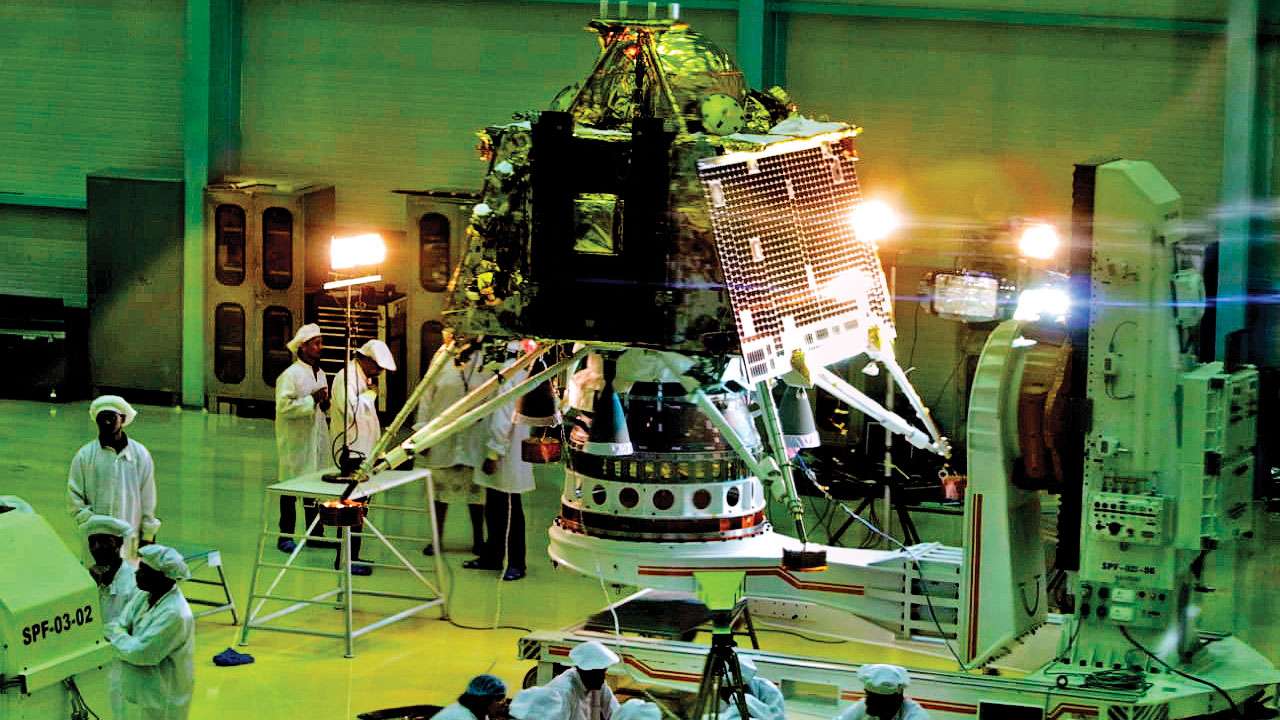
It can be only described as a joyful coincidence, not to mention happy augury that Chandrayaan-2 will start its second trip on the 50th anniversary of man landing on the moon. More than a decade after Chandrayaan-1, India begins its second journey to the moon on Monday. This flight into space comes at a time when there is renewed global interest in lunar science. Clearly, a successful mission will mark multiple firsts for this country: the attempt is India’s next step in the international race as it vies to rub shoulders with ‘biggies’ of the space world like the US, Russia and China. It would make India the fourth nation to land a probe on the moon. There is no praise high enough for the Indian Space Research Organisation (ISRO), which needs to be given full credit for this launch. The mission’s lander (Vikram) and rover (Pragyan) will touch down on the moon’s surface either on September 5 or 6.
There are two aspects of this trip. Not only will Chandrayaan-2 unravel deep mysteries of the moon, it will boost ties with the National Aeronautics and Space Administration (NASA), which is a long-term objective of ISRO. India’s space agency has announced that they will be using NASA’s network of deep space centres for guidance and tracking of its module. So this by far, represents the closest NASA-ISRO joint experiment. In this, the Chandrayaan-2 mission marks a milestone in an alliance that goes back a decade. In 2009, the moon’s relatively unexplored North Pole became the subject of a unique joint experiment by NASA and ISRO in their quest to locate water-ice on the floor of its permanently shadowed craters. Perhaps, Chandrayaan-2 has taken a long way coming, considering that its predecessor, Chandrayaan-1, an Orbiter mission, had been sent way back in 2008.
According to the original schedule, Chandrayaan-2 was to be launched in 2012, but at that time it was supposed to be a collaborative mission with the Russian space agency, Roscosmos, which was to provide the lander module. The Russians, however, withdrew from the mission after their similarly designed lander for another mission developed problems in 2011. That left ISRO to design, develop and build the lander on its own, something it has not done earlier, which has led to the considerable delay. The ISRO, happily, turned this setback into an opportunity. In the last decade between the two Chandrayaans, China has landed on the moon multiple times, the latest being ‘Chang’e 4’ that touched down on the far side of the moon in January, a first for any country. The Chinese mission was designed to function for three lunar days, but had outlived its mission life. Significantly, it is here that India is going now – and going boldly.
Chandrayaan-2, a project cleared by the then Prime Minister Manmohan Singh in September 2008, will also try to understand the history of the early solar system and learn the secrets of Earth’s formation. This mission also reflects on ISRO’s growing global role and its international tie-ups that have propelled India into this position.